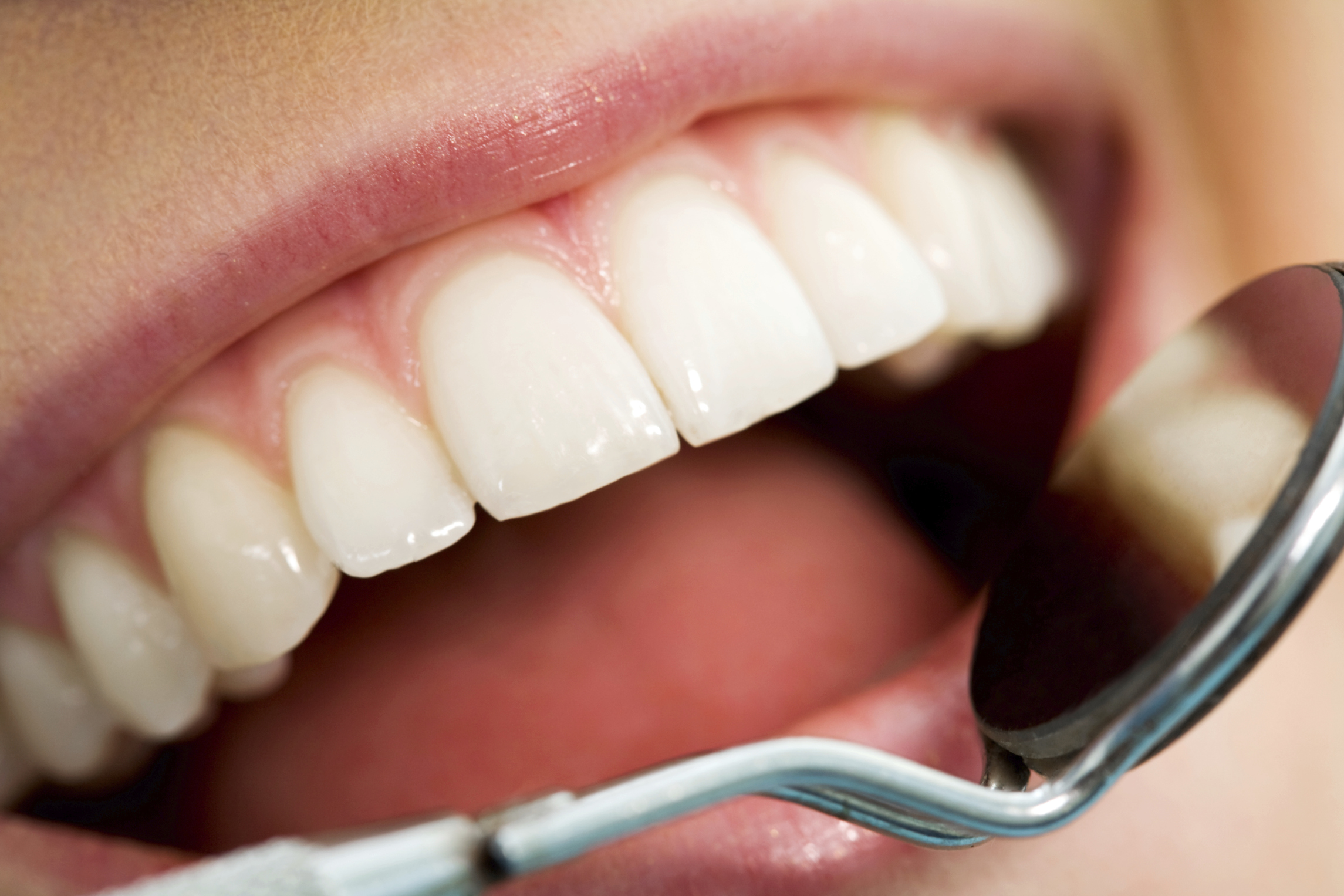Top Stories

Dentistry – Past, Present & Future
By Henry L. Lazarus DMD
In the 35 years that I have been practicing dentistry it has been a fun and rewarding career interacting with patients and assisting with their oral problems. Much has changed during that time, but I have seen three innovations that have completely altered the dental practice landscape. When I graduated Dental School in 1978, composite or white fillings were chemically set making dentists mix the material and work quickly. The bonding (or glue) was not very strong and it wasn’t unusual for these fillings to pop out. It was also easy for a patient to crack them with biting pressure. They were limited only to front teeth and didn’t quite match the hue or shade of the teeth they were glued to.
Today these materials have been completely transformed. They set with a process that requires an intense light. This allows the dentist to manipulate the material as required before it sets. Strength is durable enough for biting teeth in most mouths and colour allows for teeth that look natural. It’s a material created for dental art, producing teeth that look as though they have never been effected by carries. Likewise the material can be used to reshape teeth that are twisted out of alignment and also remove spaces in between teeth.
Digital radiographs, like digital cameras transform dentistry too. I couldn’t practice without them. The image is large enough for easy diagnosis, and one that can be easily shown to a patient for instruction. They also expose the patient to far less radiation than film. The images, with proper back up, don’t change over the years. Film changes due to age of the cellulose and the decaying chemicals that brought the silver in the film to view.
Many dentists still don’t have digital x-rays. The sensors that detect the x-radiation have, unlike digital cameras, not come down in price since I bought mine in 1997, but the newer sensors last far longer with proper care.
The biggest advantage, for both the patient and the dentist is the ability to get a picture within seconds. Especially in Oral Surgery, a missing root can be quickly located with an extra picture. A second advantage is the ability to send the radiographs to other dentists or even to patients that request them.
Dental Implants have really improved our ability to create usable replacements for missing teeth. I prefer to refer our patients who need implants because my office sees too few potential patients. However implants are life changing for patients who can afford them. I remember going to a lecture on blade implants, a large blade with teeth attached that had a maximum life of five years. By contrast the system introduced by Dr. Per-Ingvar Brånemark in the 80's may last a lifetime.
A small piece of titanium with many holes is imbedded in the jaw bone. For several months the implant sits while the bone grows into the holes, anchoring the new root. Then the new tooth is screwed into the metal base. It’s a complicated process. There are several companies making the parts, and unfortunately, none are compatible with each other. There are problems that can occur. Sometimes the patient’s bone doesn’t properly anchor the implant. Periodontal disease which causes bone loss, can lead to loss of the implants. However, for most patients, the implant can last years, and maybe the rest of their life.
Other things available , but very expensive includes digital impression devices that send the impression directly to the laboratory; cad-cam machines that actually grind out new crowns and inlays while the patient waits; and lasers that can be used to cut both the gums and the teeth. All of these miraculous devices cost far more than most dental practices can afford, including mine. Hopefully in the coming years these devices will become affordable to most dentists.
While my own practice is nearing its end, I am hopeful that young dentists will have techniques available to them to allow their patients better oral health and the ability to keep their teeth their whole lifetime.
For as long as I have been in practice, I have heard of attempts to create a vaccine to prevent both tooth decay and periodontal disease. The only preventive thing available right now is fluoride added to drinking water. Fluoride replaces some of the calcium in tooth enamel, making it more resistant to caries. Too much fluoride and the teeth turn black but resist caries almost perfectly. Unfortunately many people prefer the taste of bottled water without fluoride, and there are advocacy groups trying to get it removed from tap water. If researchers actually create a vaccine against caries, many more people would have a chance to keep all their teeth throughout their lifetime.
Hopefully in the next decade a technique would be developed to reverse the effects of periodontal disease. One of the things that the human body does to prevent infection of bone is to with bone resorption. The mouth is filled with bacterial flora that can cause loss of bone when the teeth are not kept clean. Unfortunately there is no way at present to cause the bone to regrow. While only a quarter of non-smokers are effected (three-quarters of smokers) these people eventually have their teeth loosen and have to have them removed. Implants are not successful in these people and dentures work poorly.
At some point in the future maybe teeth can even be regrown. I tend to be hopeful about the future. During my life time things have gotten much better. I sincerely hope the trend continues.
Henry L Lazarus
4603 Springfield Ave.
Philadelphia, PA 19143
hlazar@verizon.net
215-382-5126



Comments